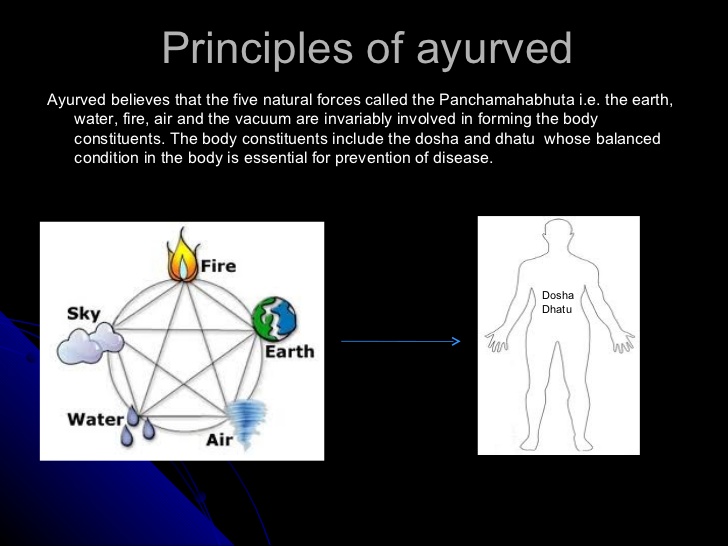
Pulse Diagnosis in Ayurveda
- Ayurveda
- August 04, 2019
#PULSE #DIAGNOSIS
(#NADI #PARIKSHA) #IN #AYURVEDA ::
The first Ayurvedic classic to describe pulse examination is Saarangadhara Samhita (13th century A.D.). Ayurvedic physician touches your wrist to sense pulse to probe deep into general state of health, illness and even bad prognosis. The wrist pulse on the right hand is for the men and on the left hand for the women.
During pulse examination, Ayurvedic doctors look for various factors, they are:
Gati (Movement)
Vega (Rate)
Tala (Rhythm)
Bala (Force)
Akruti (Volume and Tension)
Tapamana (Temperature)
Kathinya (Consistency of the Vessel Wall)
Investigation reveals the prakrti and vikrti of the patient.
Before checking Patients pulse, you have to flex his/her right /left arm and wrist. Locate the radial stylus; the bump located outside wrist bone just under the thumb. Bring your left hand from underneath of the right hand and place your index finger just below this bump, where you will find the radial artery. Now place first three fingers and press until sense throbbing in all the three fingers distinctly. Then decrease the pressure slightly to sense varying pulse movements. Deep and superficial impulses indicate the tridosha conditions; three basic metabolic principles governing bodily activities in balanced state and causes disease in a disturbed state.
#Diagnosis #of #Prakruti #by #Pulse.
When the constitution of vata predominates, the index finger pulse is most noticeable; pitta predominates, the middle finger pulse is most noticeable; kapha predominates, the ring finger pulse is most noticeable. All three pulses are present in everyone, but most prominent one, two or rarely three signals the particular body type. This examination is better performing thrice with few seconds of interval.
Pulse diagnosis is the ancient art and science of diagnosing person








Share This News